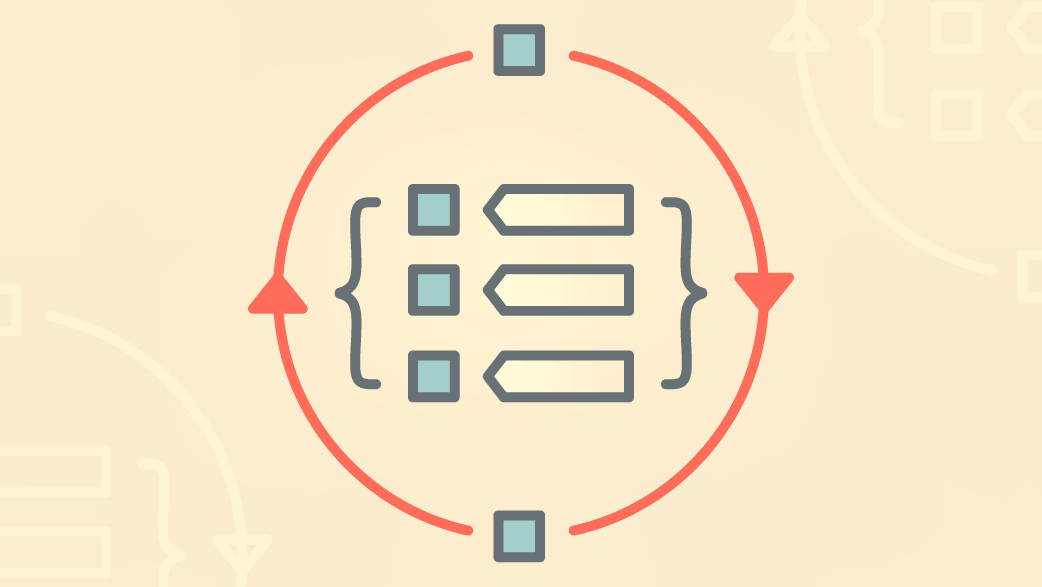Understanding Data Processing
Introduction
Data
In our everyday lives, any task that we perform online is related to data. Millions of pieces of data are produced every second across the globe. Data production is largely credited to social media networking, business, financial transactions, and research projects.
Data is collected from the source and primarily doesn’t have any specific structure or format. This raw data can be of any form like images, videos, songs, files, and organised data like records that are stored in a database, excel files, or any other. Raw data is not useful since it is in an unstructured format. So, to make it readable and make the data accessible to the company, the raw data is processed.
Data Processing?
Data processing is the process of collecting raw data and making this data into specific useful information. In simple words, first the data is in the raw form and, using several techniques like extraction and machine learning algorithms, the data is analysed and processed. This processed data is now useful and in readable formats like documents, graphs, and charts, and can be used by humans or software companies to build applications for extracting information and drawing conclusions.

Since there is a large chunk of data being produced and handling this data is not a cup of tea, So, to perform this data processing, a well-trained data scientist or a group of data engineers will work on this data to translate it into useful information.
Data Processing Cycle
There are different stages for performing this data processing, and every stage must be in a specific order, and this process of steps is done in cycles.
In this process, a set of raw data is taken as an input and processed in a system that produces useful information. After the completion of one whole cycle, the output of that cycle is considered as an input for the next cycle of processing, and this process continues in a cycling manner.
The stages involved in the data processing cycle are
1. Data Collection
2. Data Cleaning
3. Input
4. Data Processing
5. Output
6. Storage
Data Collection
The primary step in the data processing cycle is data collection. At this stage, raw data needs to be collected in such a way that the data collected must be precise and unambiguous. So, it is better to collect data from accurate sources, which include data like cookies from websites, company profit or loss information, user actions, and financial statements.
Data Cleaning
This step is also called data preparation. In this step, the raw data is verified and checked thoroughly for errors. The data is sorted and filtered so that any missing, duplicate, or wrongly calculated data is cleaned and transformed for further analysis and processing. Then unwanted and irrelevant data is removed from the raw data and the data is cleaned completely. This process makes sure that only high-quality data is sent for processing.
Input
This step involves conversion of raw data into machine-understandable data and sent for data processing. The data is taken through a scanner, a keyboard, a mouse or any other input source.
Data processing
The most important step in the data cycle is data processing. In this step, the raw data is transformed into desired actionable insights by performing different algorithms of artificial intelligence and machine learning. This step shows partial results as the input is varied and depends upon the sources like data lakes, warehouses, or connected database devices.
Output
After data processing, the desired output is transmitted in the form of dictionaries, graphs, charts, papers, tables, visual images, videos, vector files, songs, graphs, and others. This process has another name, which is data interpretation.
Data Storage
The last step in the data processing cycle is to store the output. This output is further used for processing of the next cycle. Data and metadata are stored for easy retrieval and quick interaction with the information whenever required.
Types of Data Processing
Based on the type of source input and process steps for finding the result, there are several types of data processing. A few of them into account are
- Online processing
- Real time processing
- Multi-processing
- Batch processing
- Time sharing
Online processing
- As soon as the data is available, it is sent to the CPU.
Real time processing
- This processing is for small data sets. Data is processed after giving the input.
Multi-processing
- Also called "parallel processing," the data is divided into frames and then processed by more than two CPUs on a single computer system.
Batch processing
- This processing is for large volumes of data.
Time sharing
- In this processing the data is processed in time slots with several users sharing data simultaneously.
The Data processing methods
The three methods for data processing are
1. Manual
2. Electrical
3. Mechanical
Manual data processing
Data is manually processed by humans without any interference from mechanical or electronic devices. It is a cheap method and doesn’t require many tools, but there is a problem of huge errors and time consuming.
Electrical data processing
It is the most expensive method in which data is processed using software programs. Upon receiving instructions from the software, the data is processed and gives output accordingly.
Mechanical data processing
Data is processed with the help of machines. Mechanical devices like printers and calculators are used for data processing. This is easy and errors are in small numbers, but it becomes hard due to an increase in data.
Conclusion
In a world where data plays a key role in lifestyle, the data needs to be arranged and processed properly so that its usage becomes easy. Many researchers and organisations are significantly dependent on the expanding data, so many data scientists and data engineers are required to process the data.